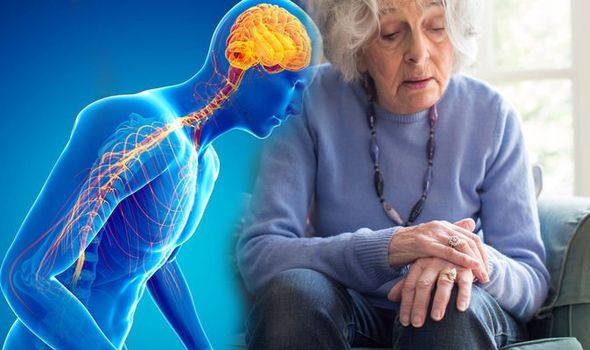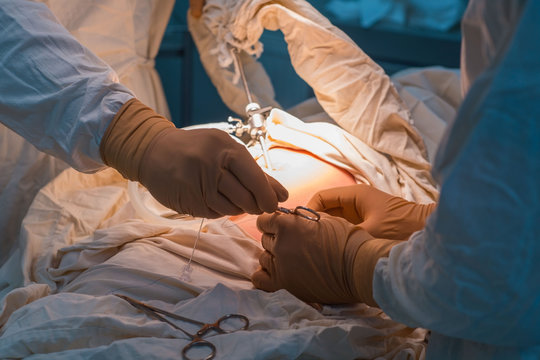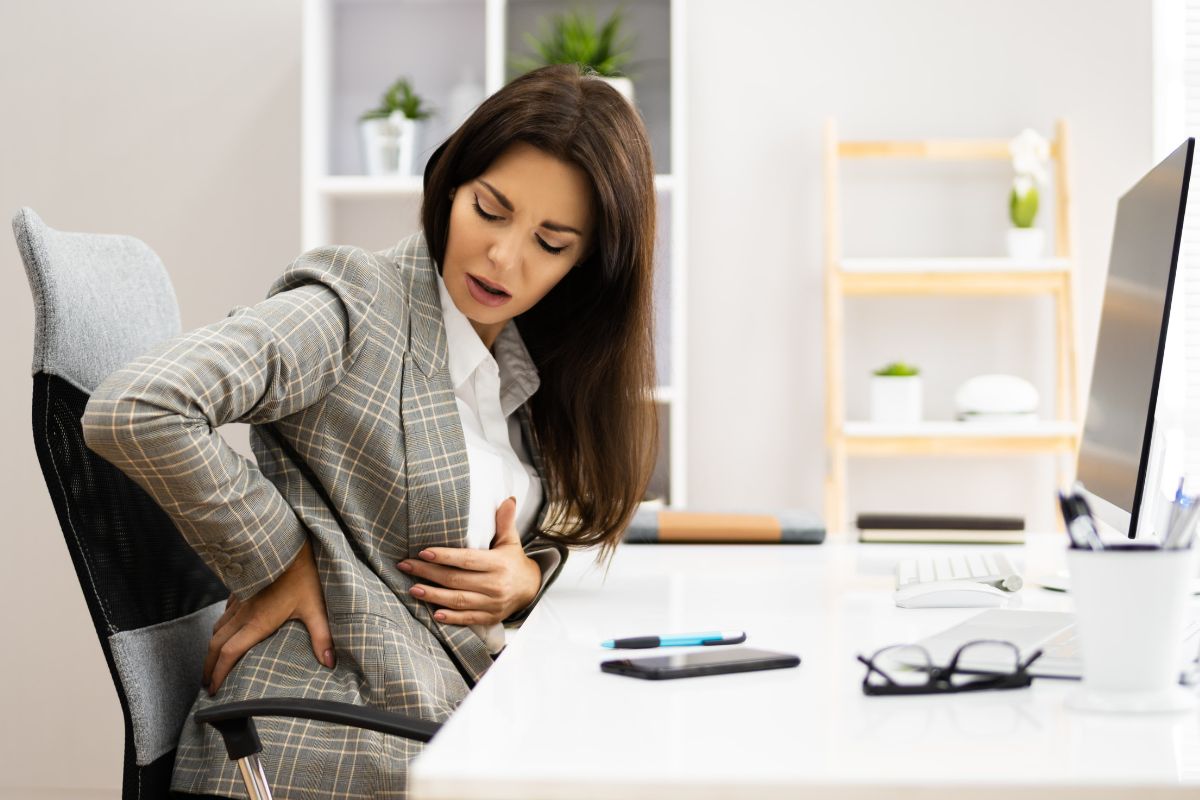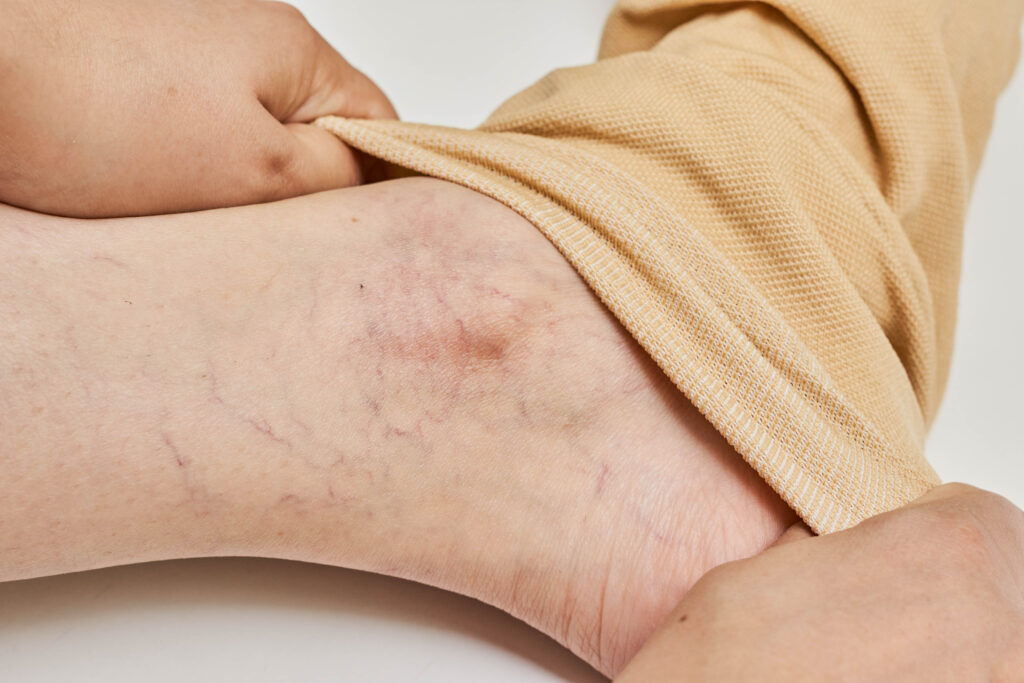Parkinson’s Disease
‘It’s gonna make you Slow’
Parkinson’s Disease is a degenerative disorder of the nervous system. It mainly affects the motor system. It typically occurs in people over the age of 60. Symptoms generally come on slowly over time. Typical symptoms include shaking (tremors), rigidity (stiffness), slow movement, and difficulty with walking. Tremor typically appears in only one hand, eventually affecting both hands as the disease progresses. Postural instability is typical in the later stages of the disease, leading to impaired balance and frequent falls.

The characteristic posture of a patient with Parkinson’s Disease
|
Primary Symptoms |
Tremor |
| Stiffness | |
| Slowness | |
| Impaired balance | |
| Shuffling Gait | |
|
Secondary symptoms |
Anxiety |
| Depression | |
| Dementia |
Cause of the disease is generally unknown. It involves both genetic and environmental factors. Symptoms of the disease result from the death of specific cells in the midbrain.
There is no cure for Parkinson’s disease. Treatment is directed at improving symptoms. As the disease progresses and neurons continue to be lost, the number and dosage of medications have to be titrated for every patient. Exercise and the use of antioxidants (such as vitamins C and E) might help in preventing the disease.
|
Public awareness campaigns |
|
|
World Parkinson’s Day (11 April) |
 |
Rehabilitation should include measures like
- Regular physical exercise with or without physical therapy.
- Diaphragmatic breathing exercises.
- Speech therapy.
- Balanced diet (to avoid constipation due to gastroparesis).
- Emotional support to both the patient and family.
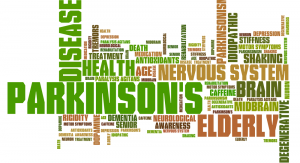
Consult your neurologist if you are suffering from tremors and slowness

